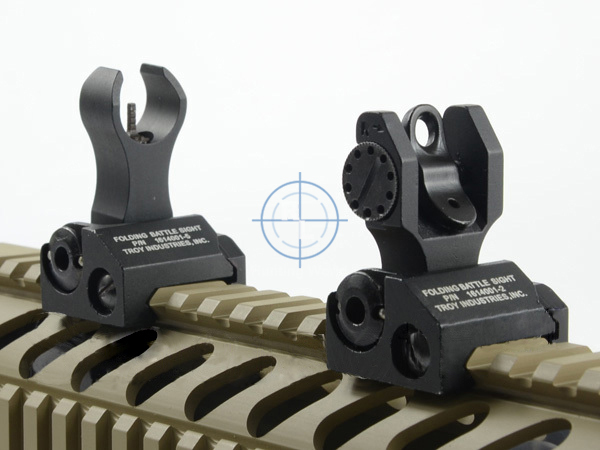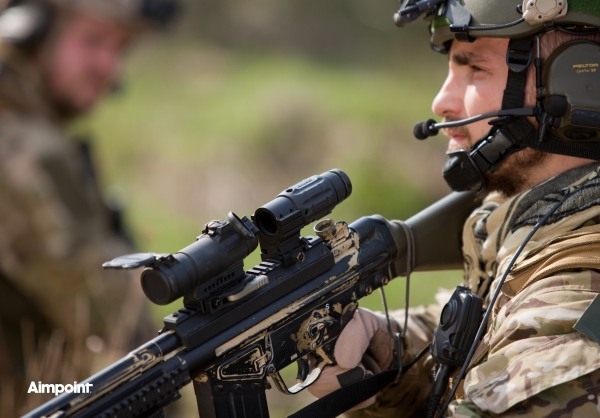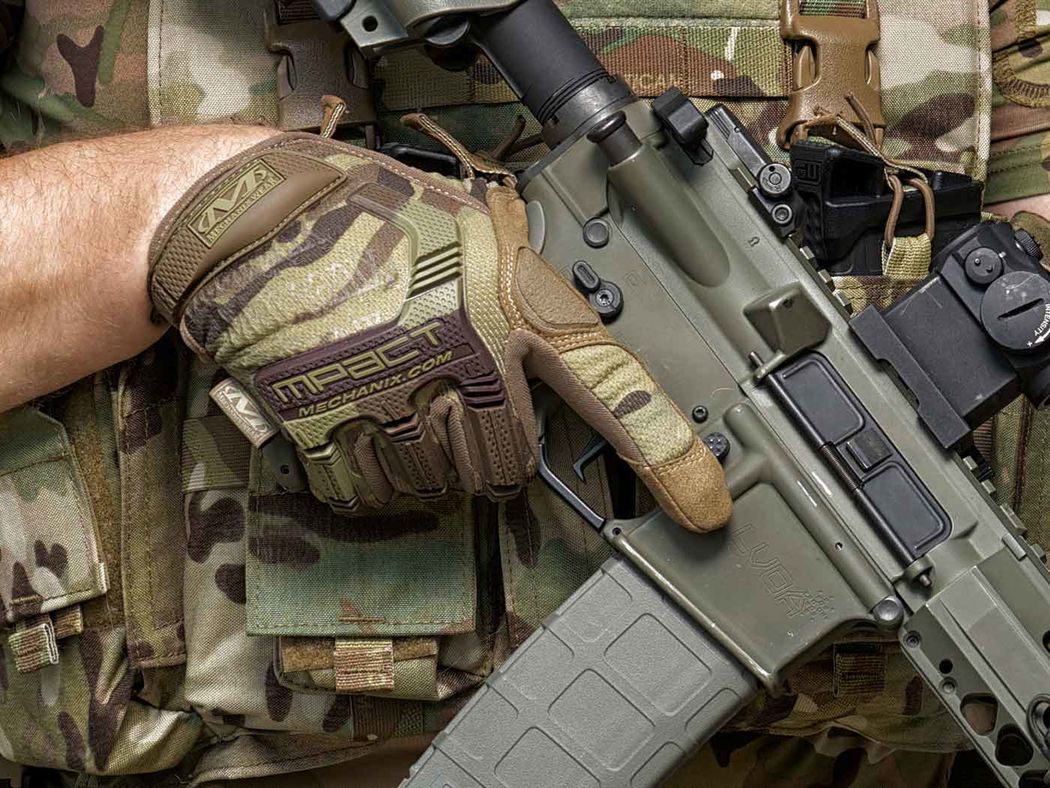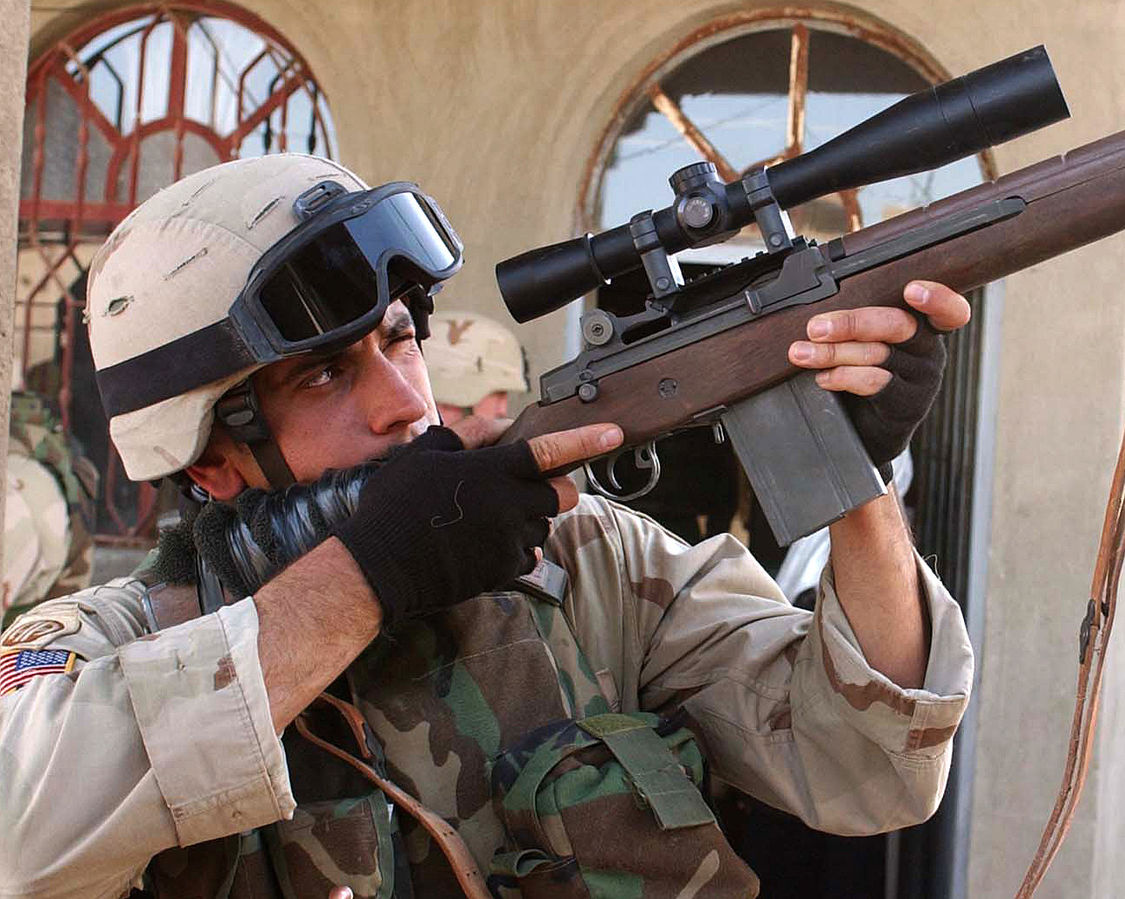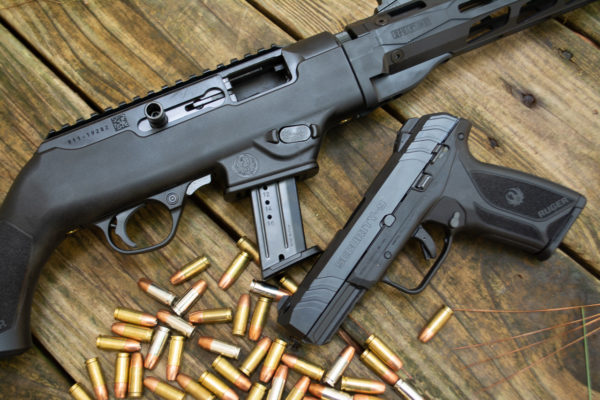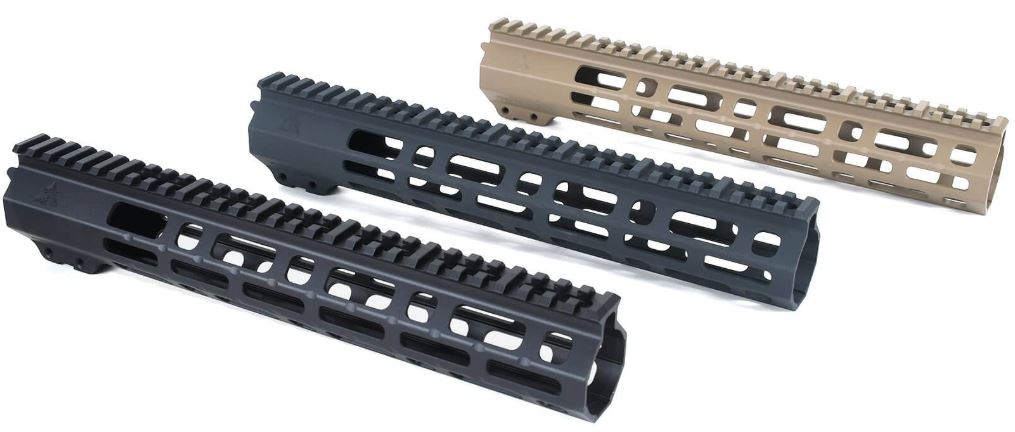I’ve always loved pistol-caliber carbines, and so too has America as a whole. Our iconic western heroes (and villains) frequently carried a long gun in the same caliber as their sidearms for ease-of-use.
It’s a lot easier to just carry a lot of one type of ammo rather than two, especially a lightweight pistol cartridge.
That practical mindset carries right on over to modern PCCs. If you can use the same ammo for your carry gun that you use in your home defense/end of the world long gun, why on Earth wouldn’t you? And if they both use the same magazines too? Forget about it.
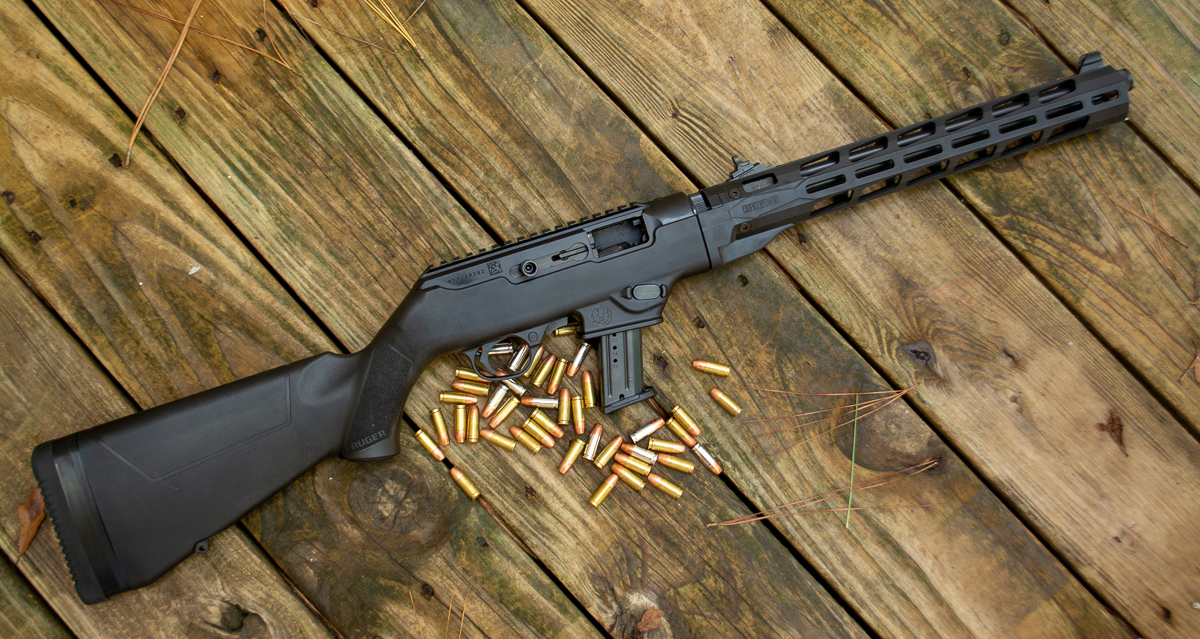
So, is the Ruger PCC a prepper’s dream or a nightmare? Did Ruger get it right, or go horribly astray? And can this thing actually hit anything, or is it just a nice idea? We’ll talk about all that, and more, below.
Let’s get to it!

Ruger PC Carbine
Pros
- Modeled after the 10/22 Takedown mechanism
- Chambered in 9mm
- Dead blow weight that shortens bolt travel
Cons
- Aesthetically lacking
Why a PCC?
I’m not a prepper per se, but I do like being prepared.
The idea of a long gun that uses the same bullets and the same magazine as my carry gun is something that really appeals to the deep, primal part of my brain that wants to be ready for everything from riots to zombies to rioting zombies (which I think we just call Black Friday here in America).

Pistol-caliber carbines are all the rage right now, especially with IDPA dedicating an entire division to the things, but I don’t begrudge the PCC its moment in the sun. Far from it.
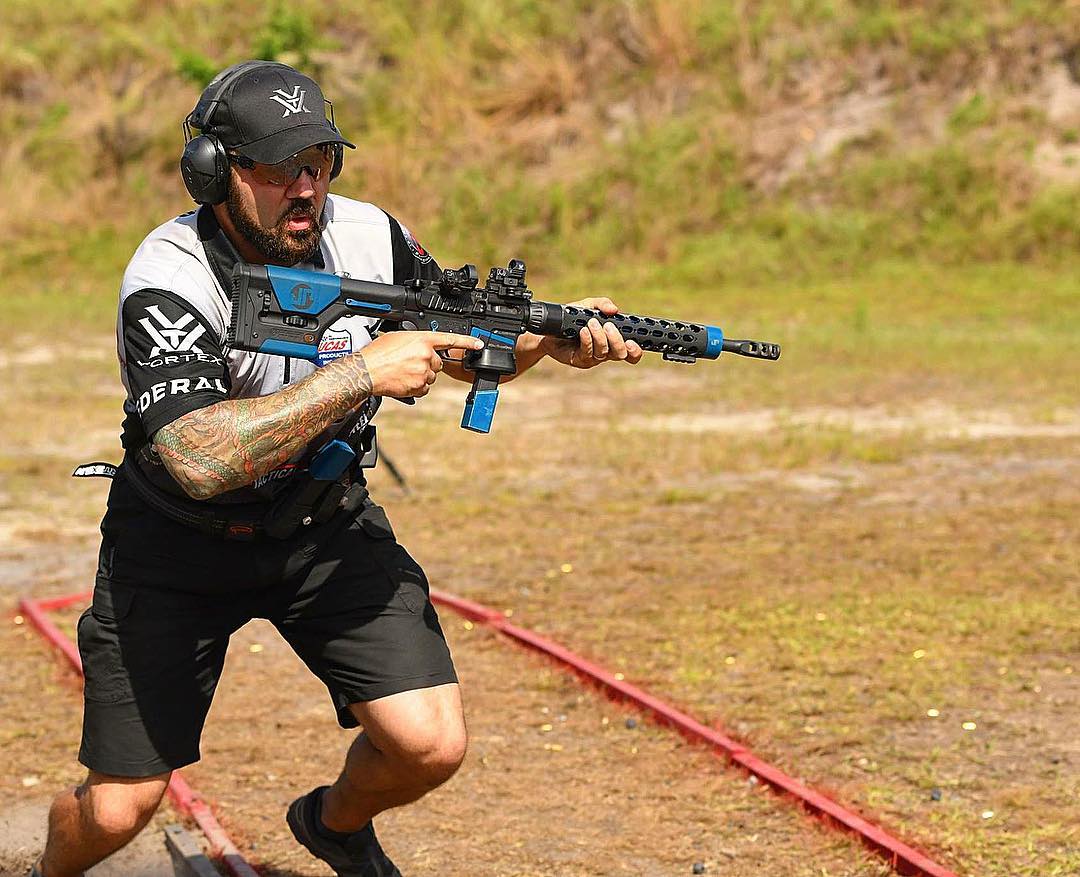
It’s also a very practical choice because pistol-caliber carbines are quite literally the easiest guns to shoot that aren’t rimfire, they use very common calibers that are available anywhere on the planet, and they are usually dead simple to operate and clean.
Really, the only thing that could make the pistol-caliber carbine better is if an established name in the firearms industry came out with a takedown version that could easily be disassembled to fit in a go-bag, and that could accept all sorts of very common magazines, like GLOCK mags for example.
That’d be huge, and I’d have to own one.
As you might have guessed from the title, Ruger did just that when they released the PC Carbine. This gun is, in a lot of ways, the logical next step from their popular 10/22 takedown, and when I heard about it earlier this year, I was immediately moister than an oyster at the thought of owning one.

So now I own one. I’d have loved to have gotten one in on review but based on what we saw at SHOT and what I’d heard from my fellow gun writers, I knew I wanted one immediately. The trust I have for the Ruger brand certainly didn’t hurt my decision.
But was my trust misplaced? Is the Ruger PC Carbine the pistol-caliber Messiah we (or at least I) have long awaited?
Let’s find out.
The History of Ruger’s Pistol-Caliber Carbines
Though the PC Carbine is relatively new, having only been released earlier this year, but it has a long lineage. First, there was the model 44 way back in 1961. This is the gun that would go on to eventually become the Ruger 10/22 that is so popular, and as Ruger’s first rifle, is the gun that put them on the map as more than just a handgun manufacturer.
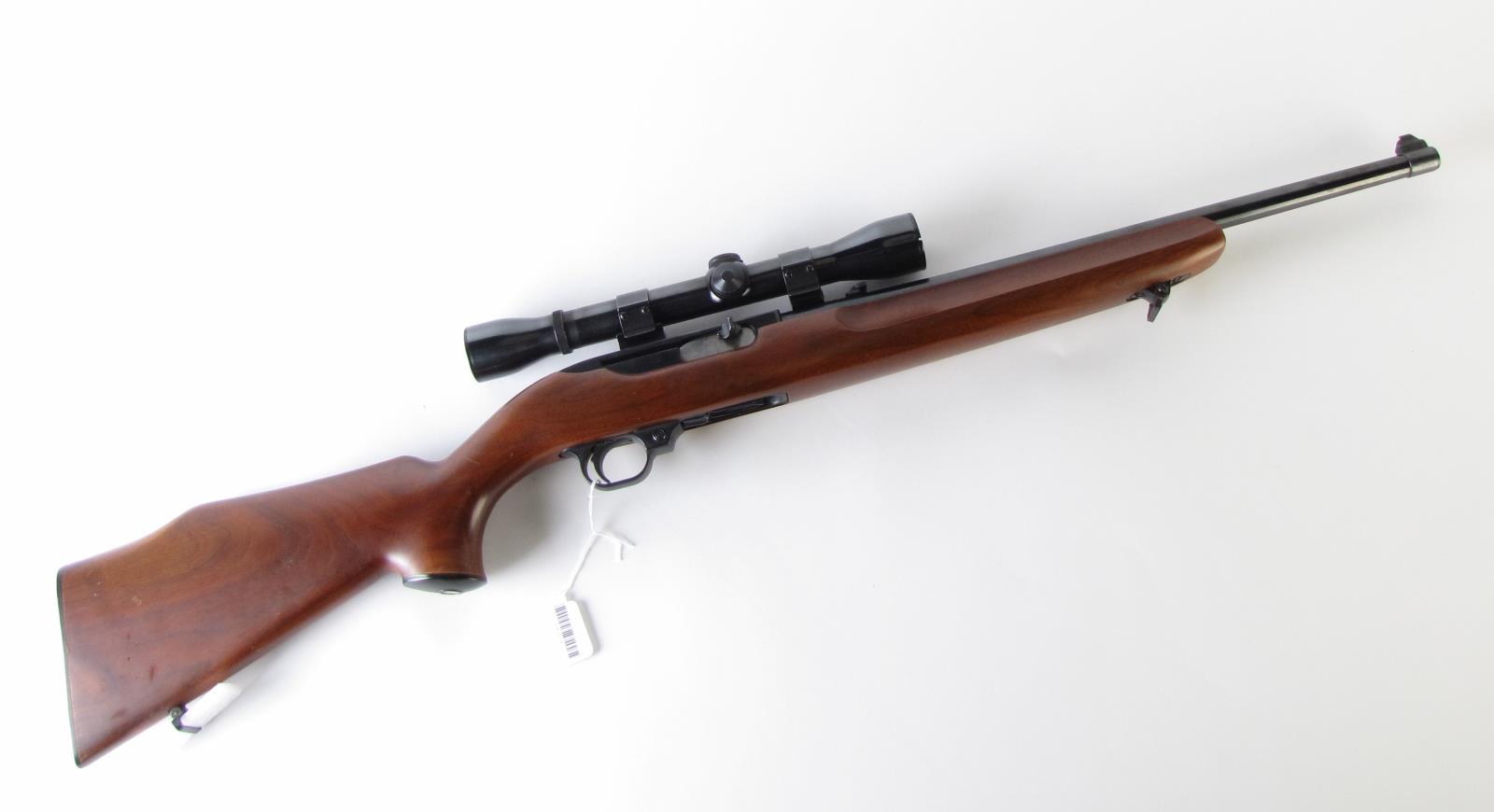
From there came the Police Carbine, which was made for ten years (‘96-’06) and did well, but not as well as Ruger would have liked.
It was meant to be a companion gun for, shockingly, police officers, who would carry a Ruger P-series pistol in the same caliber. This would allow officers to have a compact carbine on hand that used the same mags as their sidearm.
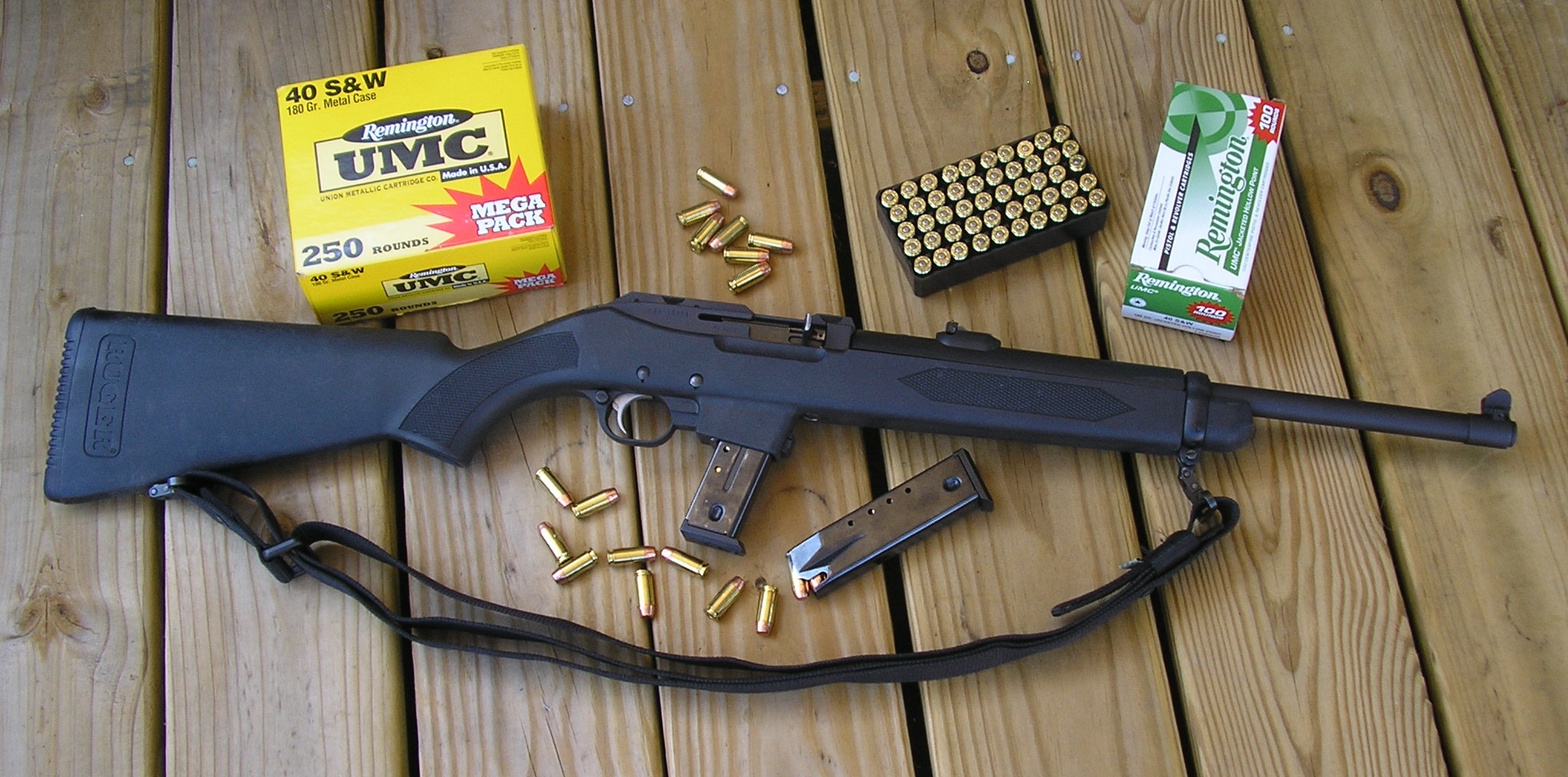
Flash forward a dozen years and Ruger brings a Takedown version of that very same carbine, with a few notable improvements, to market and the gun world loses its mind. I know I did, and I know quite a few people who got to play with it at SHOT were certainly impressed.
Notably jealous of those folks, I immediately placed an order and a small bribe with my local gun store to hold one for me the second they got one in. Sure enough, my offer of barbecue sandwiches all around was enough to put me at the head of the line, and I grabbed one the same day they came off the truck.
Examining the Ruger PCC
The first thing most people will notice about the Ruger PCC is that it looks like an overgrown version of the 10/22. And it’s ugly.
I’m sorry Ruger, I love you and your products, but this gun is about as utilitarian and function-focused as it can be. There’s very much an air of “just the facts, Ma’am” about it.
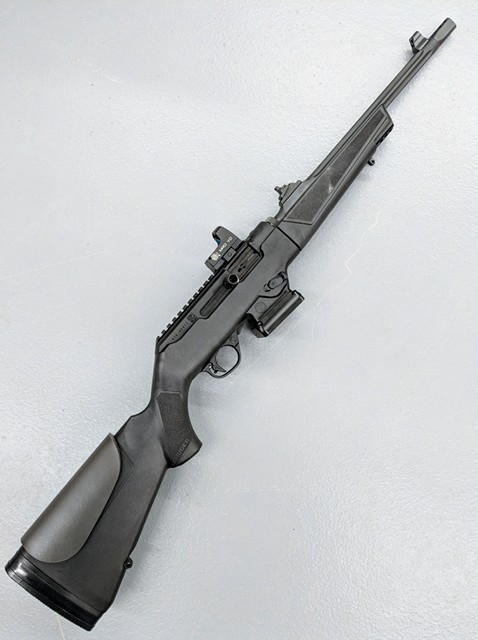
If it was a person, you’d imagine it being Gary from accounting.
Gary who wears perfectly bland but inoffensive suits, and who drives an absolutely sensible Honda Accord, and who goes home every night to his average-looking wife with whom he shares an entirely practical three-bedroom, two-and-a-half-bath home that he got an utterly serviceable interest rate on.
In other words, aesthetically speaking, the Ruger PCC forks no lightning. It does not, on the outside, burn and rage at close of day. It is very much, a gun for people who want their gun to be straight-forward and by-the-books.
It’s like the Tommy Lee Jones of firearms. Talented, competent, successful, but not the most stunning leading man one could choose.

For all that it lacks in aesthetics, it more than compensates in features and performance.
Out of the box, the PC Carbine’s matte-black synthetic stock is immediately very grabby. It has a bit of texturing on the sides of the grip that is aggressive, but not unpleasant. This is not a gun that will easily come out of your hand.
The stock is capped with a rubber buttpad that takes the gun’s already negligible recoil and completely tames it. If a shooter can handle a .22 rifle, they can handle this, and get a notable increase in power and performance in the bargain. You also get a number of spacers to adjust the length of pull.
The reciprocating charging handle comes on the right side, but can easily be swapped to the left, and the same goes for the magazine release.
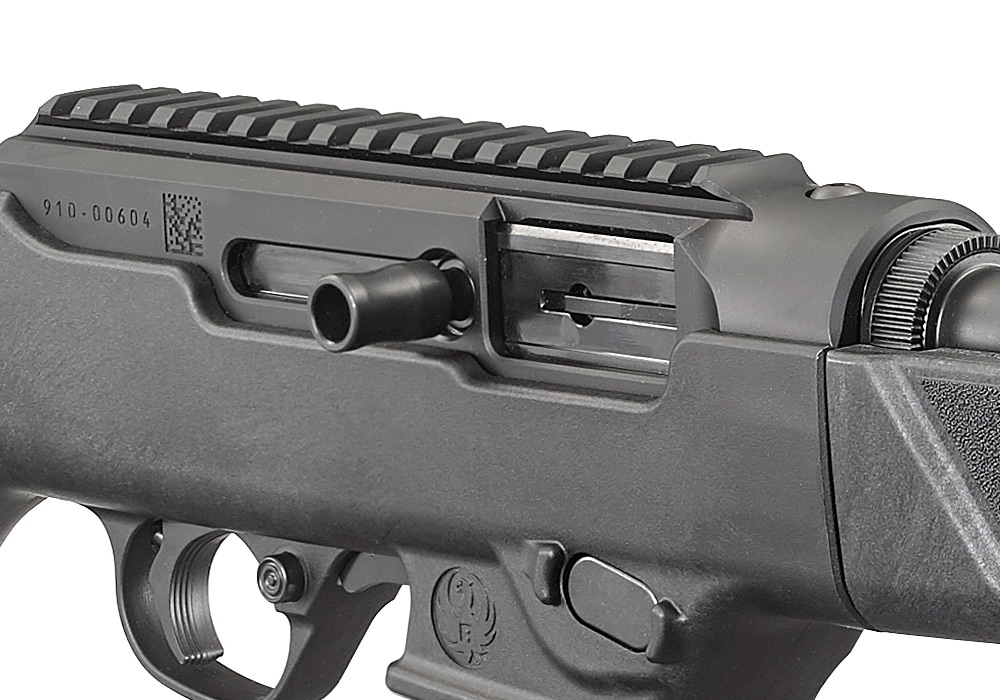
And now that we’re onto magazines, we get to one of the things that makes the Ruger PC Carbine from good to great: it takes GLOCK mags.
GLOCK handguns are the most popular handguns currently on planet Earth, and the number of magazines available is truly prolific. You can’t swing a dead cliche in a gun store without hitting at least four different brands of GLOCK mags aside from OEM offerings from GLOCK itself.
My personal favorites are ETS mags, but you can use your favorite mags too.
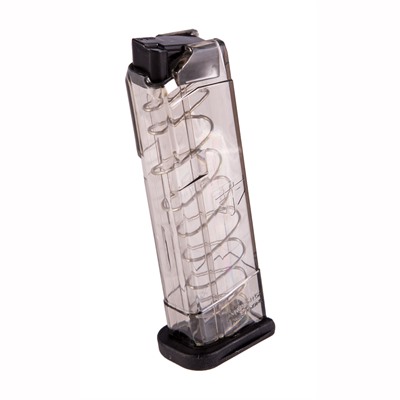
Elite Tactical Systems Glock Mags
Pros
- Clear! See your ammo at all times
- Able to spot problems
Cons
- Shiney
But that’s not all. In the spirit of the original Police Carbine, the new version also comes with a Ruger SR series magazine well adaptor that allows you to use SR and Security 9 mags, with an adaptor for Ruger American Pistol magazines sold separately.
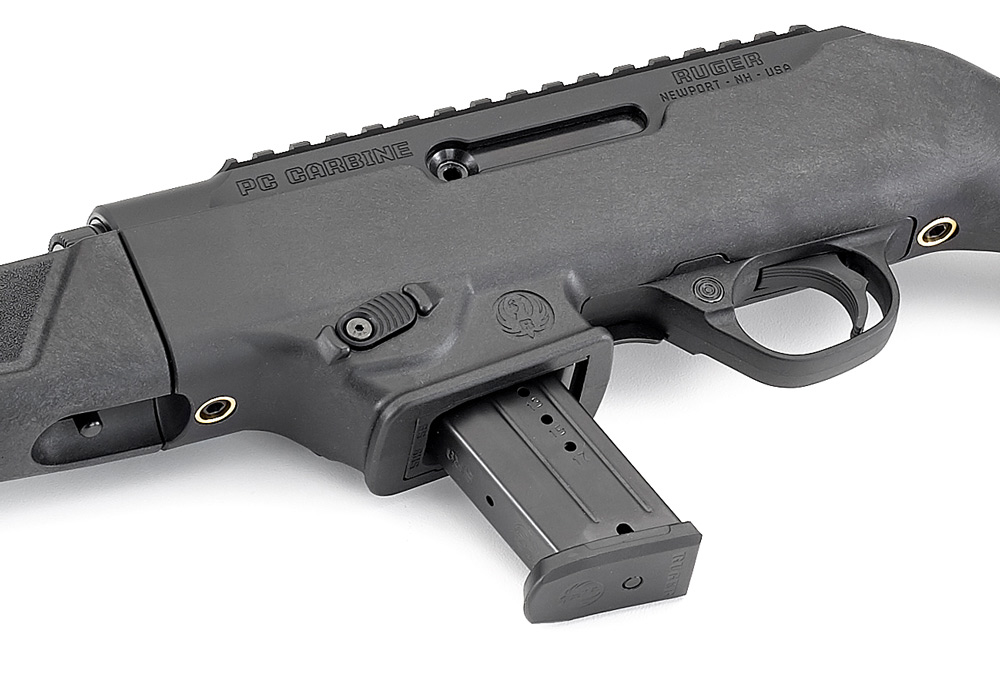
What about optics and accessories?
I’m glad you asked. You get a receiver-length rail up top, as well as a short rail section on the forend that you can throw a bipod, flashlight, grip, laser, or whatever on.
The factory sights are a windage and elevation-adjustable rear ghost ring, and serrated and protected front blade, both removable should you want to use that rail up top for a scope.
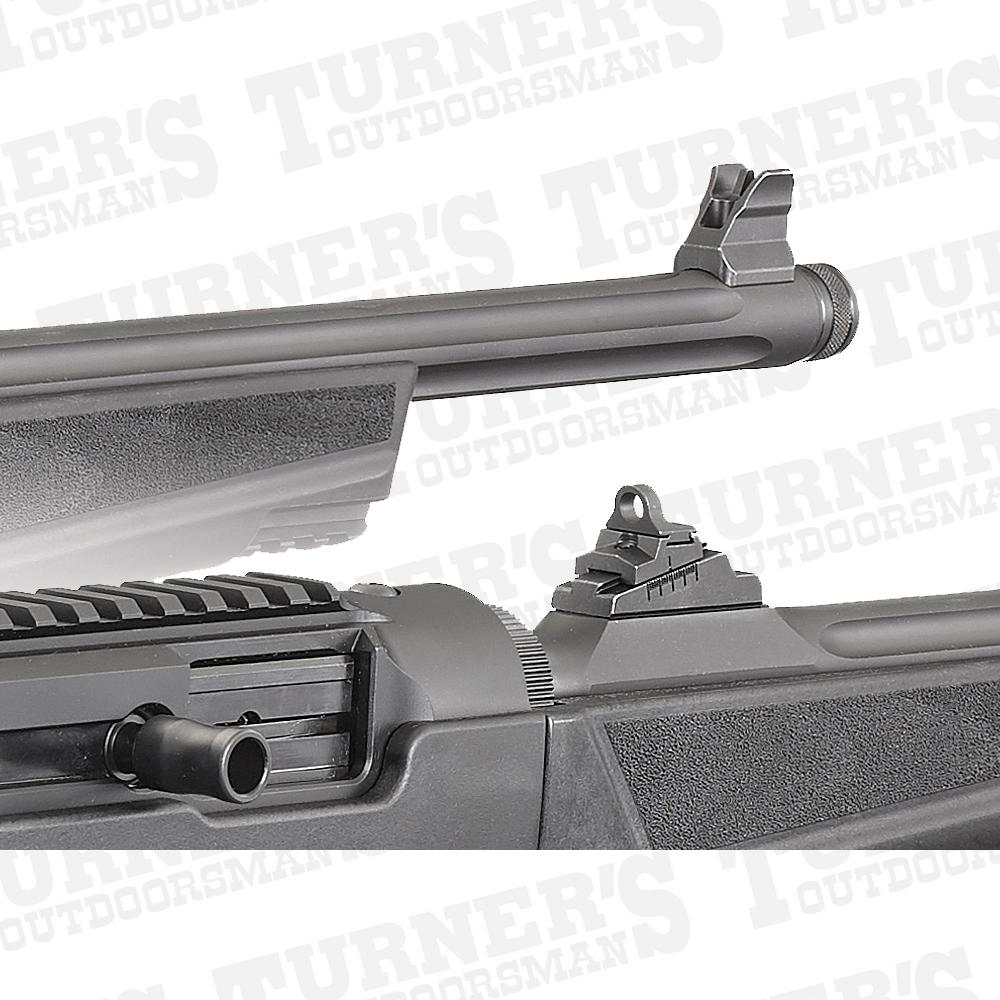
Shooting with the irons is perfectly manageable out of the box, but I threw a Burris Fastfire red dot on top and immediately resolved to never take it back off.
You also get a molded rear sling stud, and a removable front stud for all your sling and carry strap needs, or for attaching a stud-mounted bipod up front.
Putting the “Takedown” in Takedown Carbine
Of course, the PC Carbine’s main party trick is the fact that it splits in freaking half. Simply lock the bolt back press forward on the release latch and twist the barrel end about 45 degrees to the right.
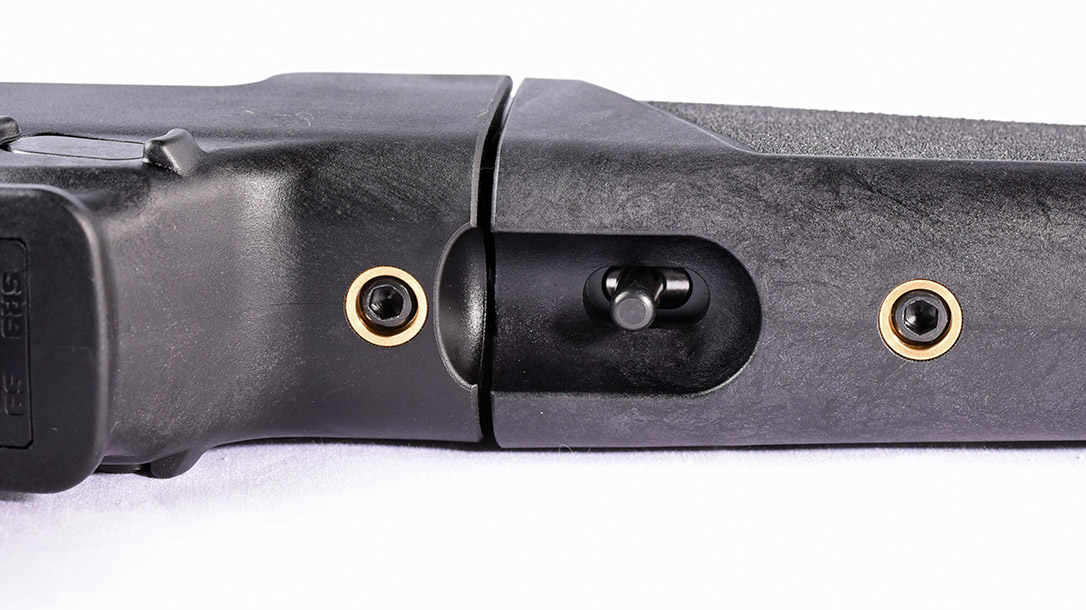
Then, like a Vegas magician sawing a beautiful girl in half, you’re left with two parts of something very important. Fortunately, just like the magician, you can put the two parts back together like, well, magic, I guess.
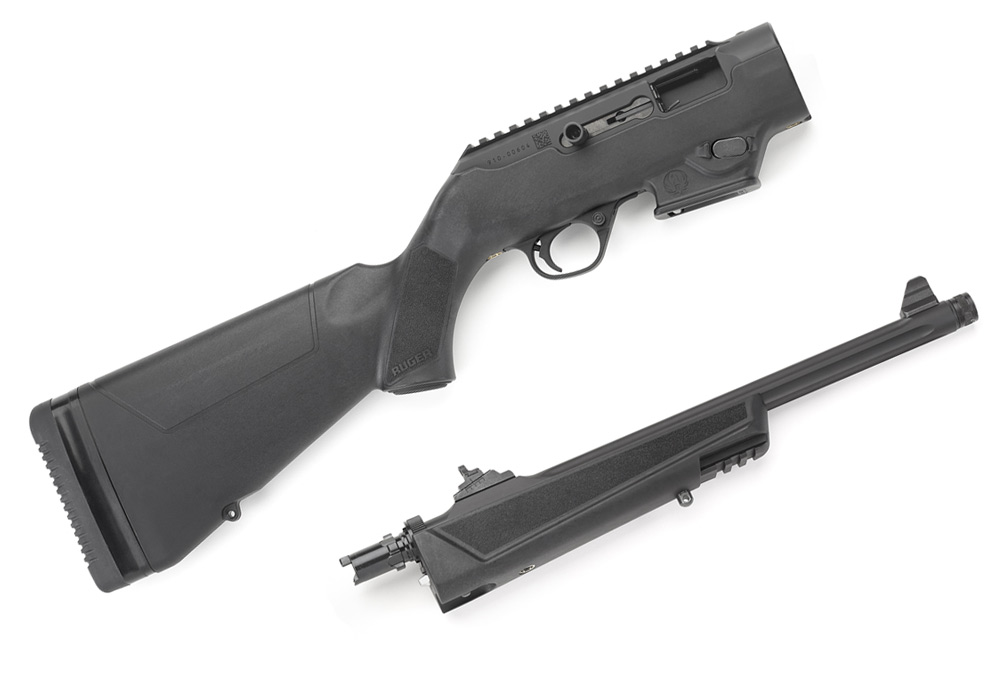
Simply slide the barrel end back into the receiver at the correct angle, twist back the other way, and you’re done.
When disassembled, the PC Carbine’s receiver end is the longest part at about 20”, depending on what stock spacers you have installed. This makes it ideal for tucking into a bug out bag, toolbox, or just into a case for storage.
It also makes cleaning the gun as easy as simple and straightforward as possible, a feature many people love on the PC Carbine’s much dirtier little brother, the rimfire 10/22.
Shooting the PC Carbine
For the $500 cost of admission on this gun, I expected to be treated to a perfectly serviceable performance at the range.
What I got instead was one of the best surprises of my firearms career.
Let’s start with the trigger. The trigger on this gun puts every other trigger on every other PCC I’ve ever used to shame. It puts most factory triggers in $500 guns to shame.
For your money, you get a trigger that is remarkably similar to, but not compatible with, 10/22 options. Don’t worry, there are already a dozen aftermarket options you’ll be able to buy by the time this review is up.
But even though you have all these other options, you don’t need them. I was absolutely flabbergasted when I dry fired this thing for the first time. The trigger pull is short, with a true “glass rod” break that feels like you’re actually breaking something each time you pull it back.
Reset is very quick, and so crisply tactile that you with your cheek on the stock, you can feel it in your teeth. This makes riding the reset for easy rapid-fire strings a breeze.
I was gunning through plate racks and busting lines of clay pigeons damn near as fast as I can with the competition AR I’ve put three thousand rounds through.
I can’t say enough how much this trigger impressed me. It is, out of the box, with no adjustments, 10000% ready for IDPA or Steel Challenge competition shooting in the PCC division, and I guarantee it’ll have a better trigger than any factory 9mm AR that sells for less than a grand.
According to my Lyman gauge, ten trigger pulls broke at an average of 3.20lbs, with a variation on either side of that of about .25lbs. In short, it is extremely consistent, frankly more consistent than it has any right to be at this price point.
Once again, Ruger’s state-of-the-art computer-assisted design and manufacturing processes have wrought miracles in the fields of quality and cost-savings.
The gun shoulders quickly and easily, and its characteristic carbine length makes handling it in tight spaces or around barricades a breeze. It’s not quite PDW-length, but it’s close.
It is a little heavy though, at 6.8lbs. A good bit of that is the massive chrome-moly steel bolt and the hefty tungsten “dead blow” weight that helps to dampen recoil even further and reduce the noise and recoil from the movement of the action itself.
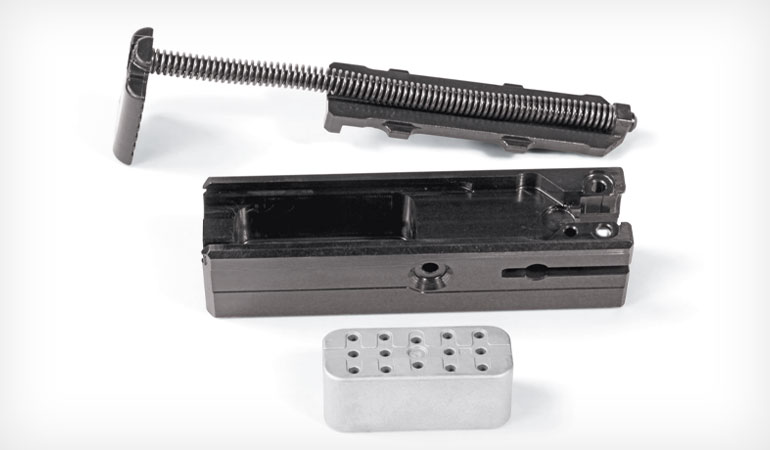
Suppressed, this would be a very quiet gun, and seeing how it’s available in both threaded and non-threaded barrel configurations, someone should definitely do that.
For accuracy testing, I threw a Vortex Strike Eagle 1-8x on top, did a quick boresight and zero, and started plinking away at paper from a hundred yards.
I tried 147gr Hornady Critical Defense XTP, some cheap 115gr FMJs from Wolf or Tula or something like that, and a few boxes of Federal American Eagle 147gr, from both the factory mags, OEM GLOCK mags, ETS GLOCK mags, and Magpul GLOCK mags.
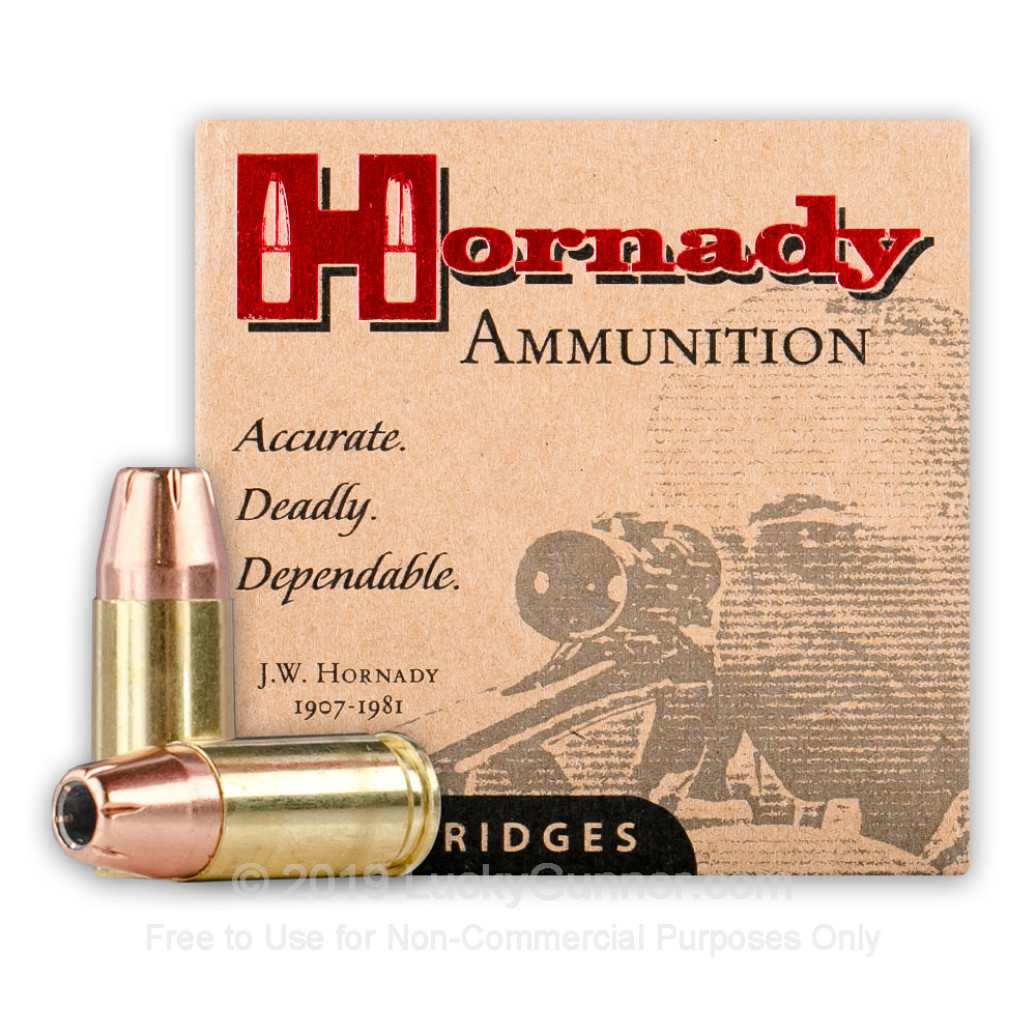
Hornady Critical Defense XTP 147gr 9mm
Pros
- Cheap
- Great for the range
- Subsonic self-defense round
Cons
- Can over penetrate
All the mags fed just fine, though the GLOCK mags feel wobbly in the magazine well. Clearly, it works though because I didn’t have a single issue, it just feels weird, and I had to check around to see if this was typical, or just something up with my gun or the way I installed the magazine adaptor.
Turns out, it really do just be like that sometimes.
As far as accuracy, I was again impressed, and again it was mostly because of the trigger. From bags, and with some of the better ammo, I was getting less than two-inch groups within 50 rounds of the first bullet down the barrel.
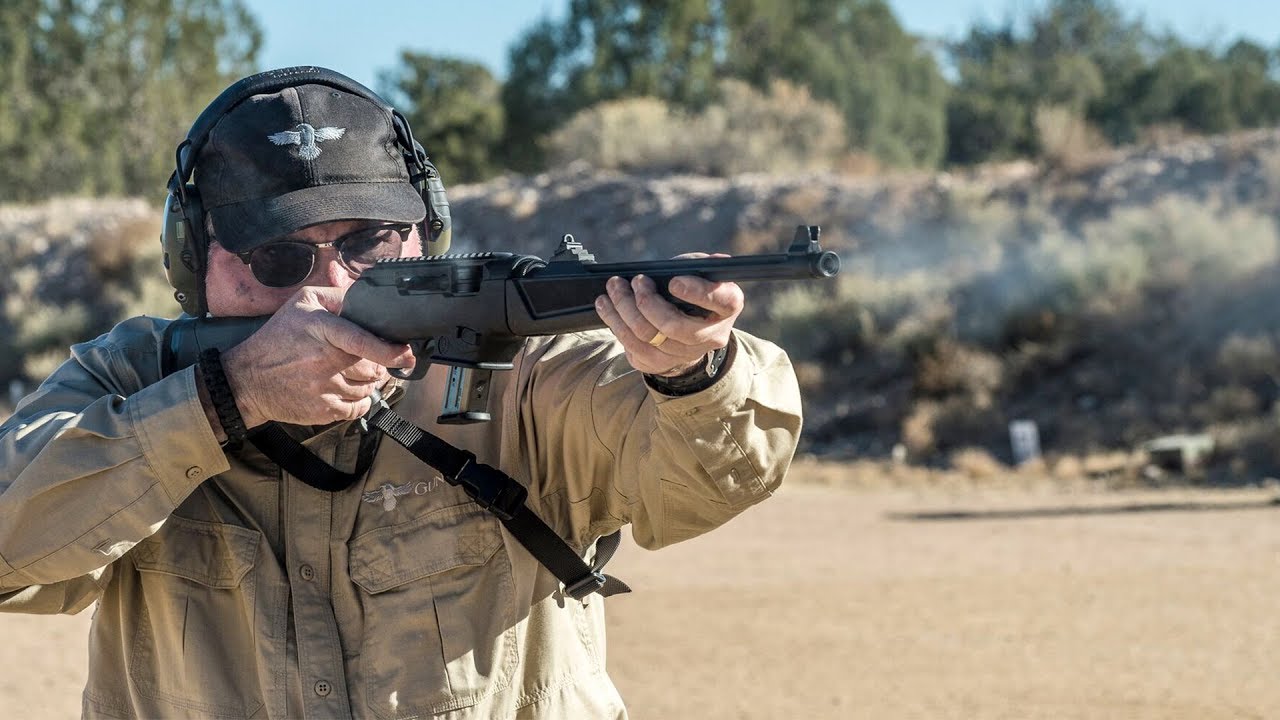
That’s not half bad for me, but it says more about the performance of the rifle, and again, that awesome trigger. I think my best five-shot group of the day was 1.37” with the last of the Hornady XTP hollow points I was willing to send downrange (the sacrifices I make for journalistic thoroughness).
In the few months since then, I’ve put easily a thousand additional rounds down the barrel, and I’ve had a grand total of three issues.
One stovepipe with some flaccid and underpowered handloads, and two instances where the included Ruger mag had dirt or other unidentifiable gunk fouling it and it didn’t feed properly.
In all cases, the gun locked back on an empty magazine, and other than lubing regularly, I’ve cleaned it twice and it’s going just as strong as the day I got it. For a gun that was less than $550 for me brand new, I can’t ask for much better.
Who is the Ruger PC Carbine Really For?
If you’re interested in the Ruger PC Carbine at this point, go buy one. I’ve bought three now, one for myself, one for my father, and another that’s going to live in my truck forever and ever, amen.
No, I don’t have a problem, shut up.
But if you’re still on the fence, there are a number of uses for the PC Carbine.
First and foremost, I cannot think of a better centerfire gun to train new or young shooters on. The gun is accurate, easy to use, and won’t hold them back as they grow and learn and improve their skills.
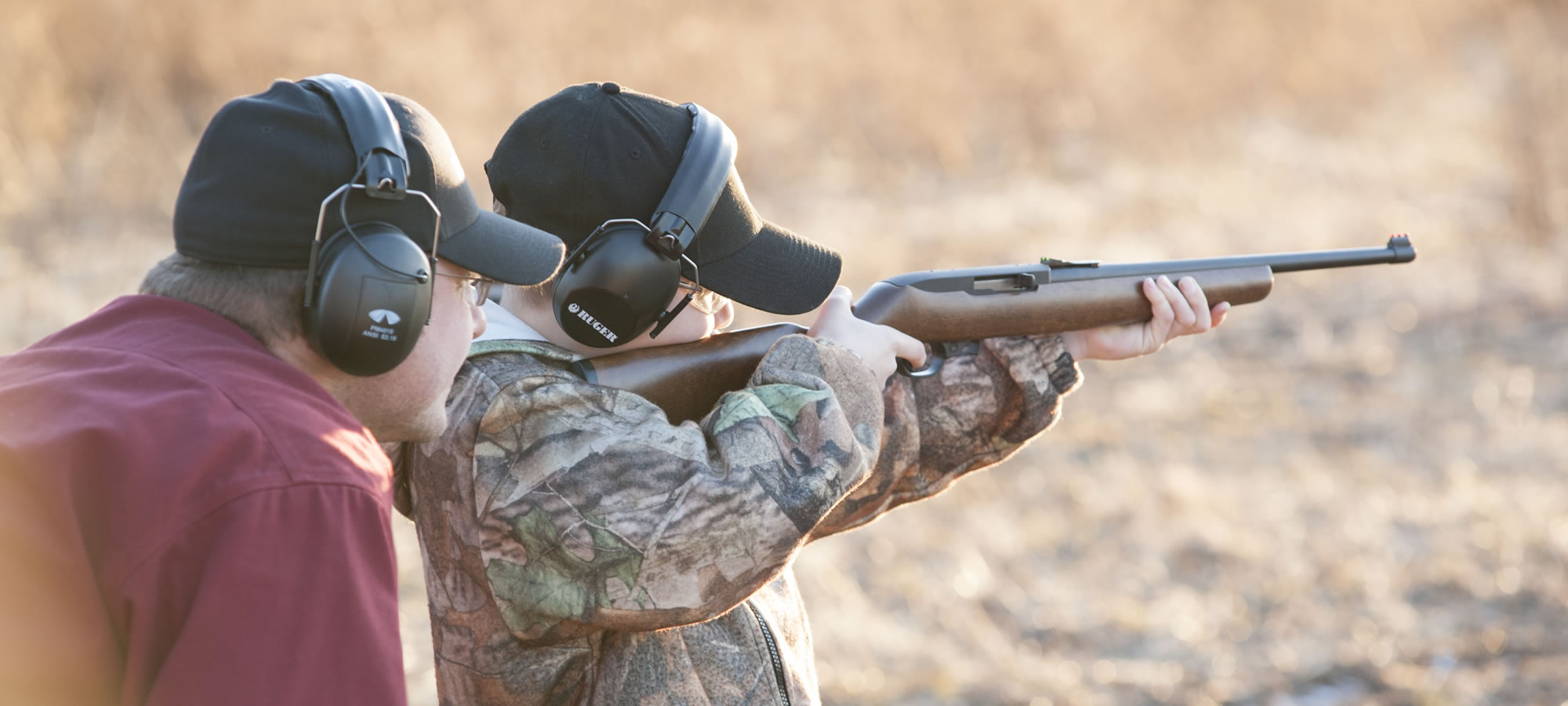
They won’t outgrow it like they will with a 10/22, and it the 9mm round it fires is not only more satisfying, it’s more practical in a lot of ways, which means the rifle will stay relevant to them for years and years.
How will it stay relevant?
Well for one, it’s a great first home defense gun. As an alternative to a shotgun, I love a pistol caliber carbine for home defense. You have less over-penetration than a rifle, but all the precision.
And because you’re shooting 9mm, you have less recoil and an overall easier shooting experience, which can make all the difference during something like a home invasion.
It’s also, as I mentioned, a great truck/bug out gun. It packs down small, reassembles quickly, and can dispatch anything from a snake to a human assailant with ease.
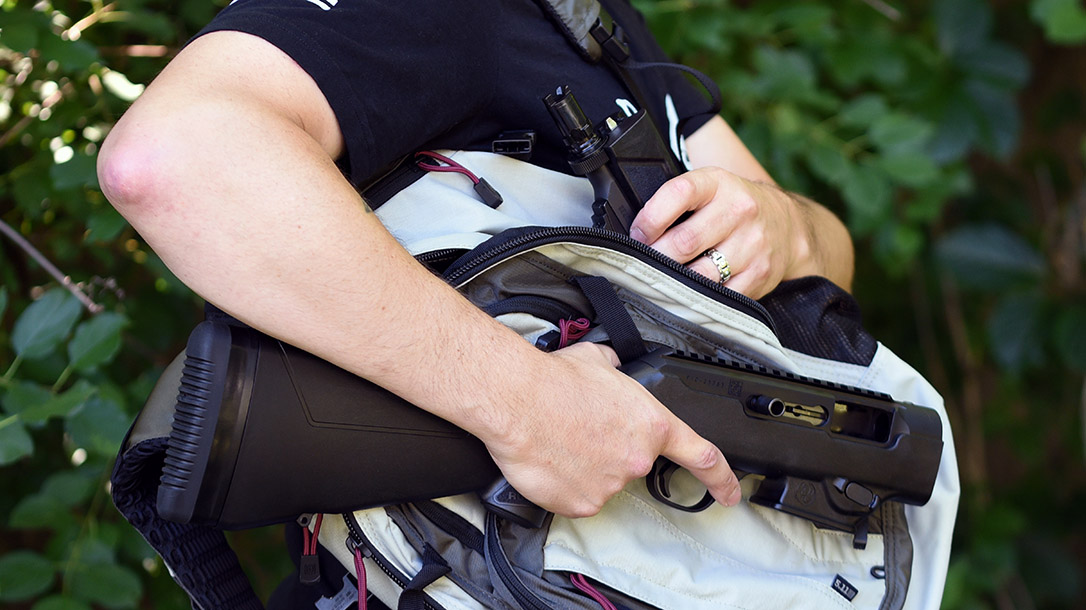
While I definitely don’t recommend it for hunting in normal circumstances, if you’re preparing for the breakdown of society that we all know is coming one day, you can definitely take game as large as whitetail with an accurately placed 9mm.
Rabbits and the like? No problem whatsoever, but a 9mm isn’t really the first, or even fifth, caliber I’d choose. In a survival situation though? Thumper is getting 147gr at some really impressive carbine-barrel speeds.
Where the PC Carbine really and truly shines though, is competition. IDPA, Steel Challenge, 3Gun, and USPSA all have rapidly growing PCC divisions, and for a production division gun with no modifications from stock, you’d be hard-pressed to find a better rifle at twice the price.
By the Numbers
Accuracy 5/5
This gun is quite frankly more accurate than it has any right to be in 9mm, at this price. I was almost a little angry about it until I realized how much fun it was putting three shots in the same ragged hole at fifty yards, with something that has a recoil not much more than an overweight house fly landing on your shoulder.
Reliability 5/5
Every issue I had has been either the ammo, or the magazine. I’m sure eventually it’ll double feed, fail to eject, or something…but it hasn’t happened yet.
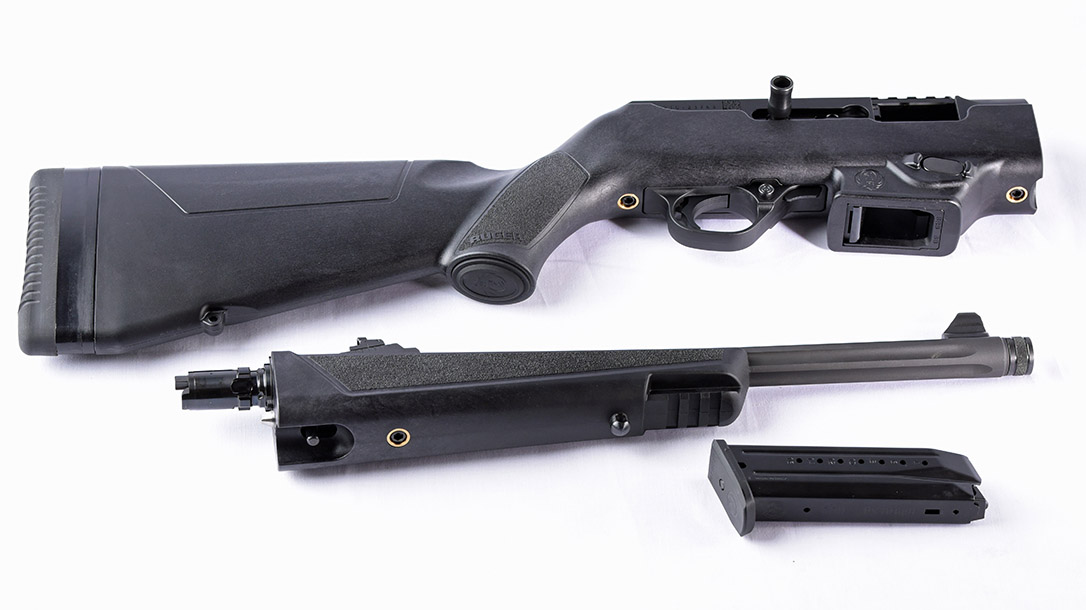
I have heard one solitary complaint of the internal hammer not coming back after firing an especially anemic and under-powered handload, but never with even the softest reduced-power factory load.
Customization 4/5
Right now, there’s not a lot. Give it a year and it’ll be the next 10/22. For now, be content with muzzle brakes/comps and slings. Leave that wonderful factory trigger alone.
Looks 2/5
It’s still ugly as sin in my opinion, you may disagree. I’d love to see Magpul and others come out with stock options for it, and I think a wood grain stock would have a very classic look that would sell well, especially with older shooters who remember the Police Carbine and the Model 44 fondly.
Price 5/5
There is no better sub-$500 rifle, and I’ll fight you about it. For raw fun/dollar ratio, this is one of the best values in the industry right now, and I’ll bet my good nut that these will be under $450 on sale around Black Friday and Christmas, you mark my words.
Overall 4.5/5
All in all, I’m absolutely tickled pink with this thing. I knew I was going to like it, but I had no idea just how much I was going to like it.
It does exactly what you’d want it to do, it has a truly impressive feature set, and it’s about as well-thought-out as any gun I’ve ever fired, and it is a truly worthy addition to modern firearms design.
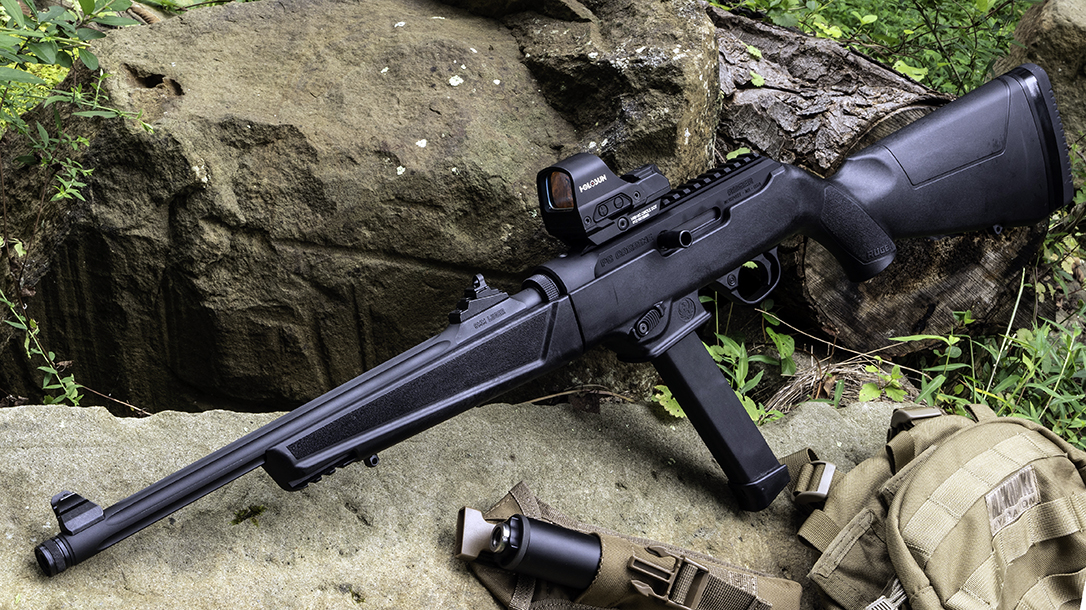
Right now this is the gun of the year for me, ahead of the GLOCK 19x, and everything else I’ve heard about.
Conclusion
In case you couldn’t tell, I really like this gun. It’s well-made, well-designed, and priced so low that the mind boggles at how Ruger even makes money on the things.

Ruger PC Carbine
Pros
- Modeled after the 10/22 Takedown mechanism
- Chambered in 9mm
- Dead blow weight that shortens bolt travel
Cons
- Aesthetically lacking
The Ruger Pistol Caliber Carbine is a great addition to any collection, and it’ll hold you in good stead with its bombproof reliability. It might not be the prettiest gal at the dance, but it’ll get the job done and then some.
Have you shot the Ruger PCC? How did you like it? Are you looking to add one to your collection or do you already own one? Tell us all about it in the comments. While you’re here, check out some other great pistol caliber carbines!


